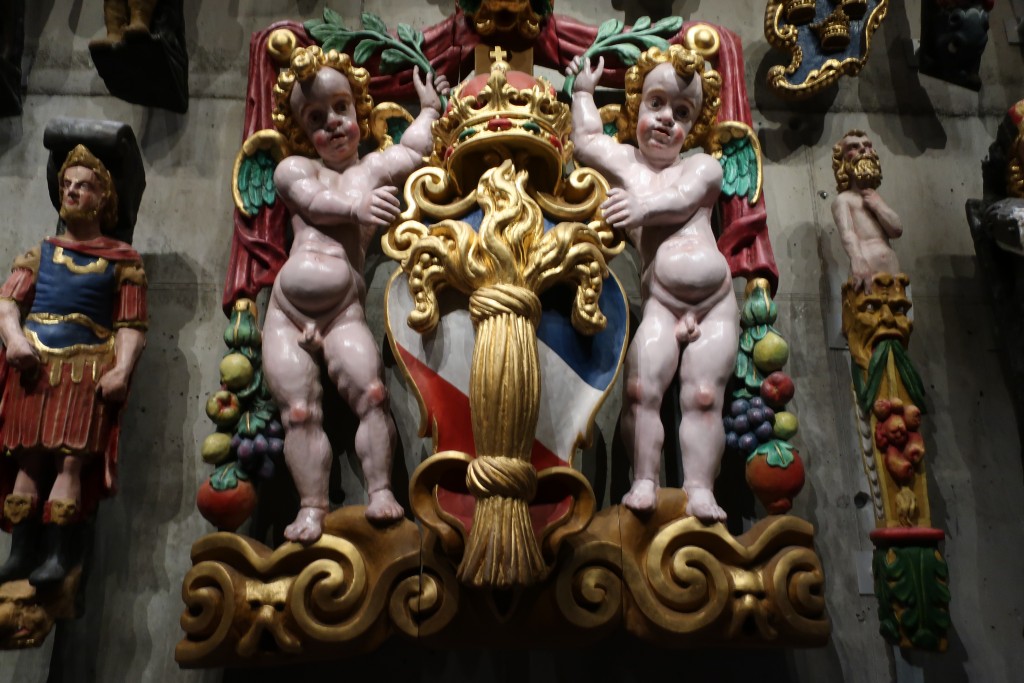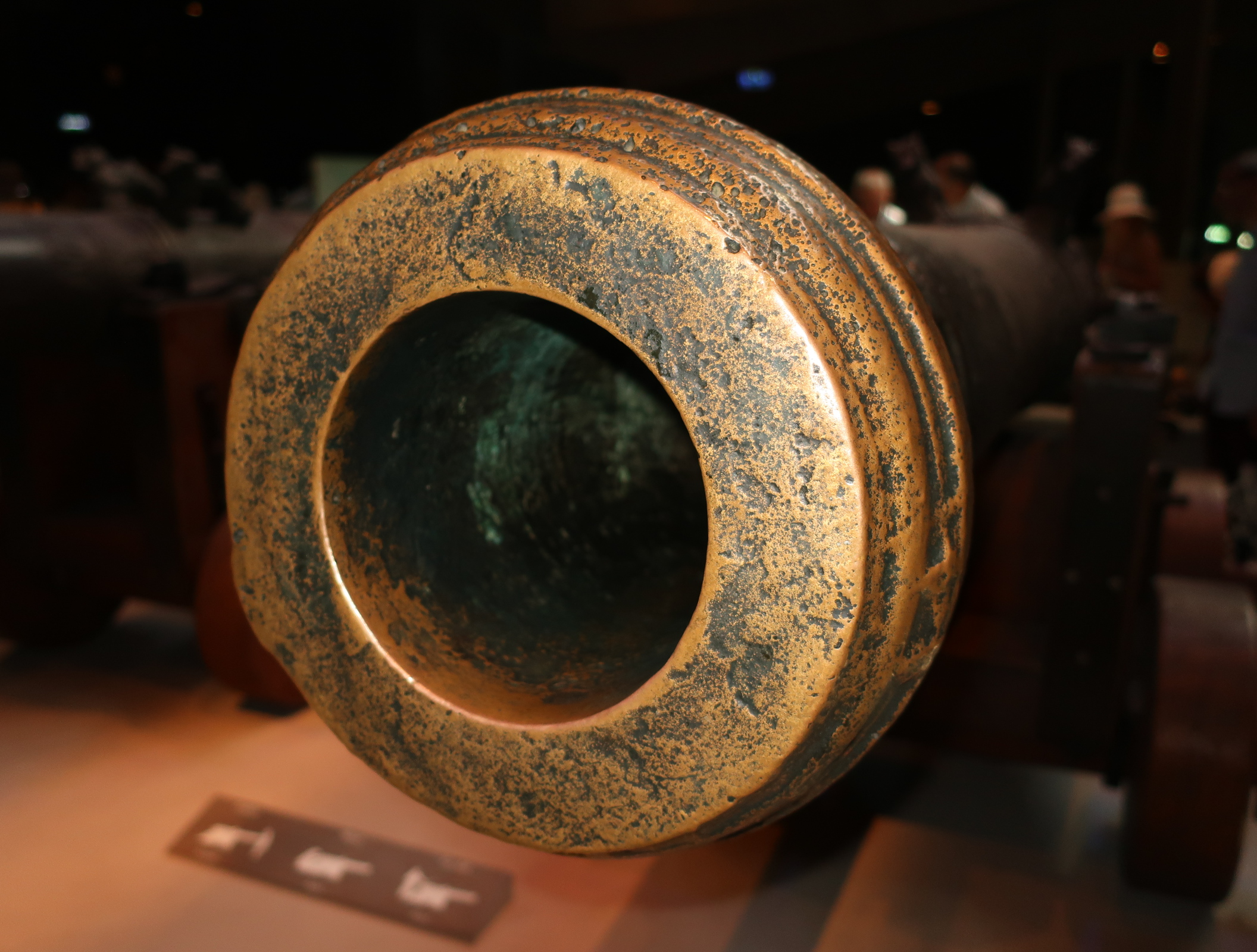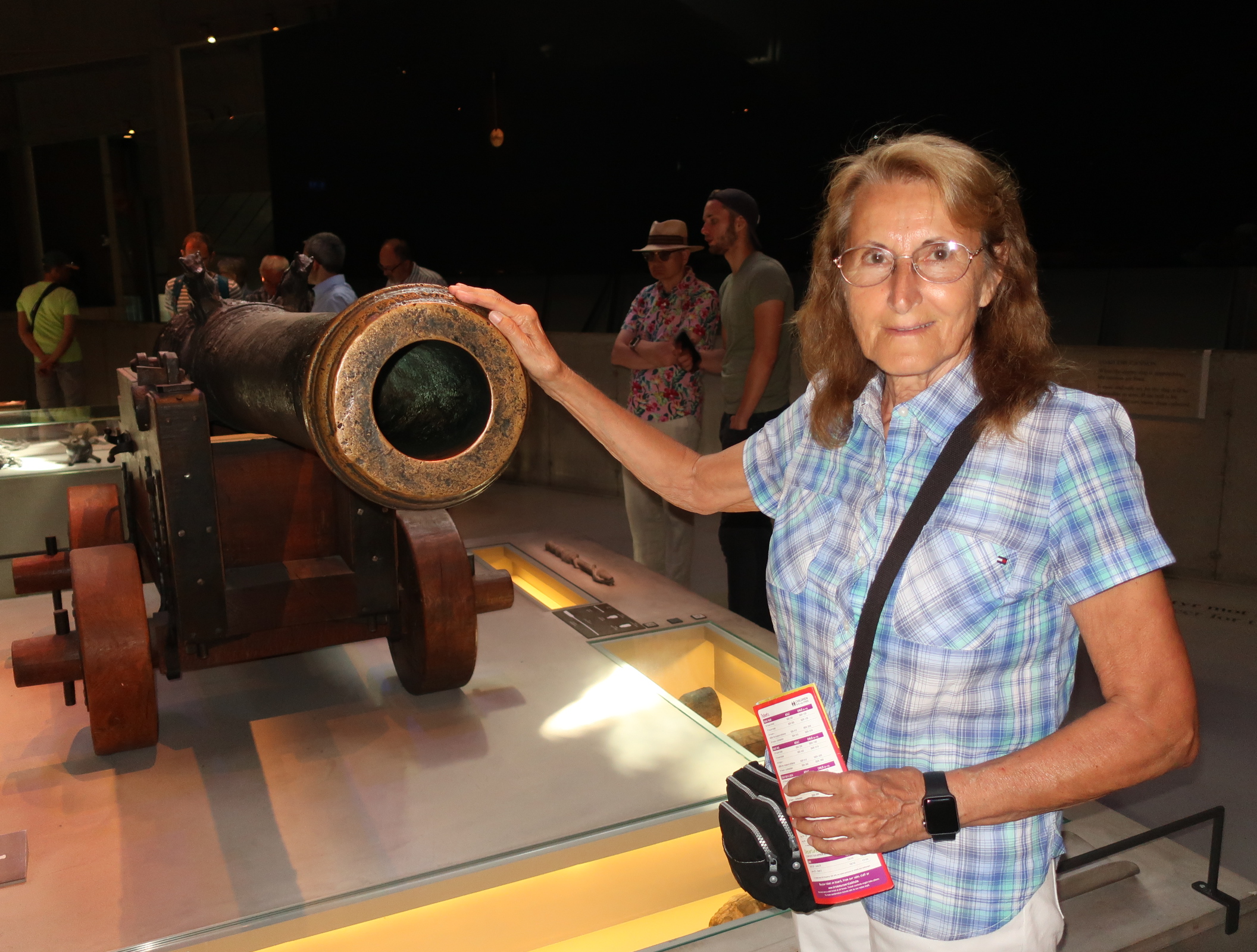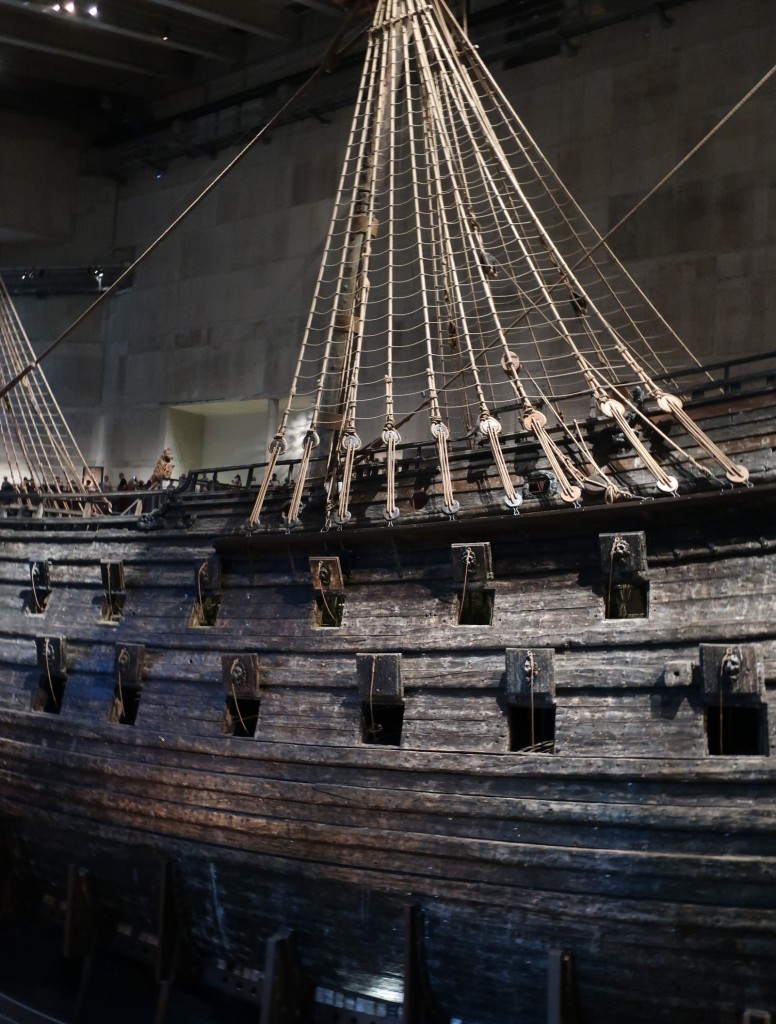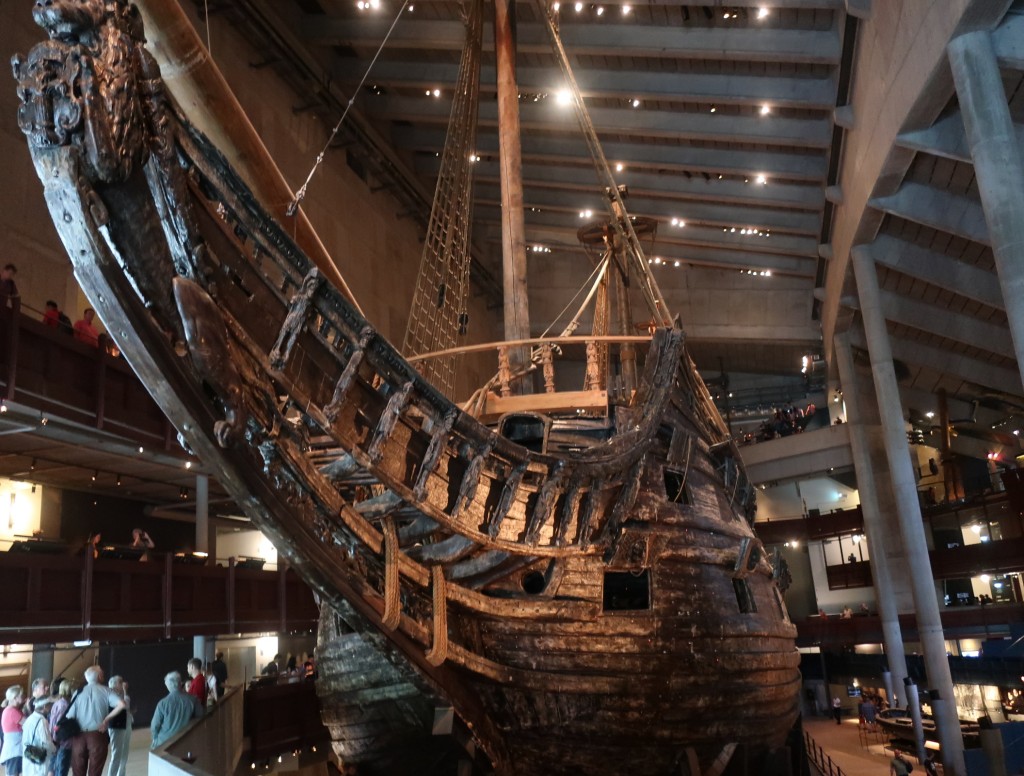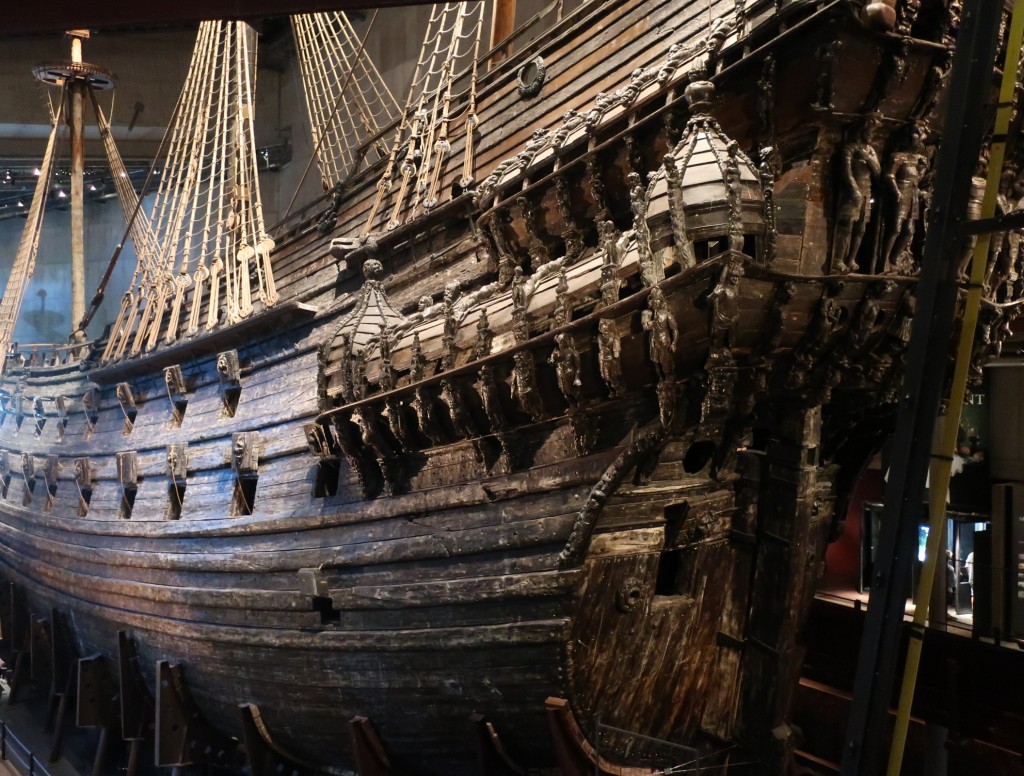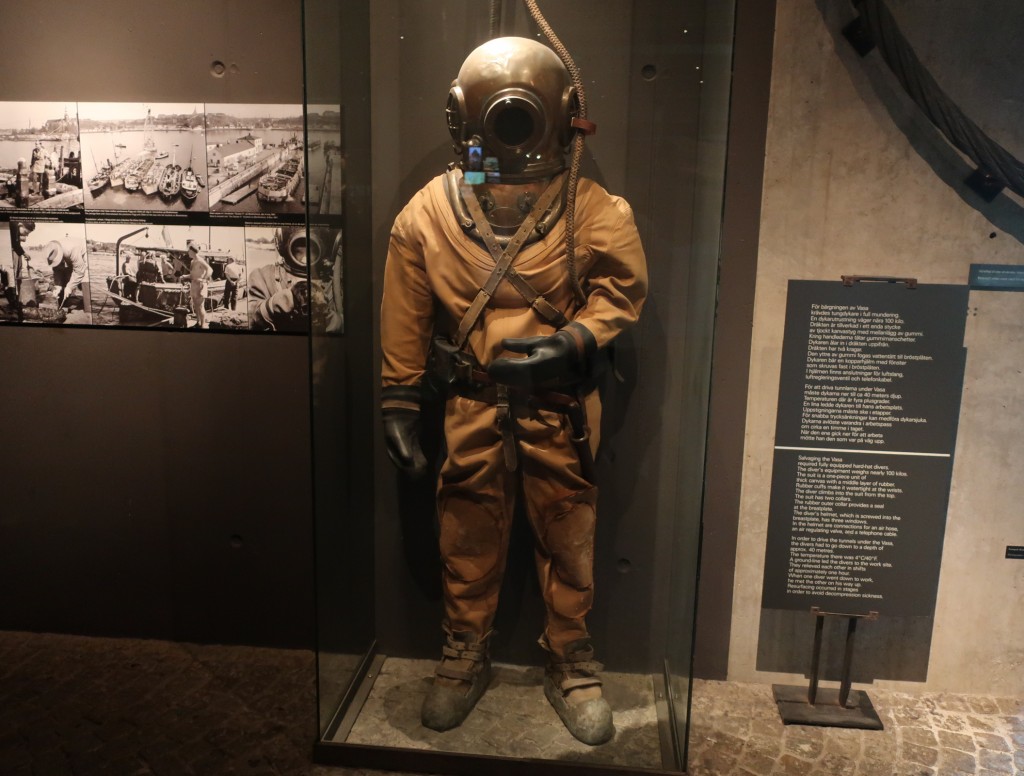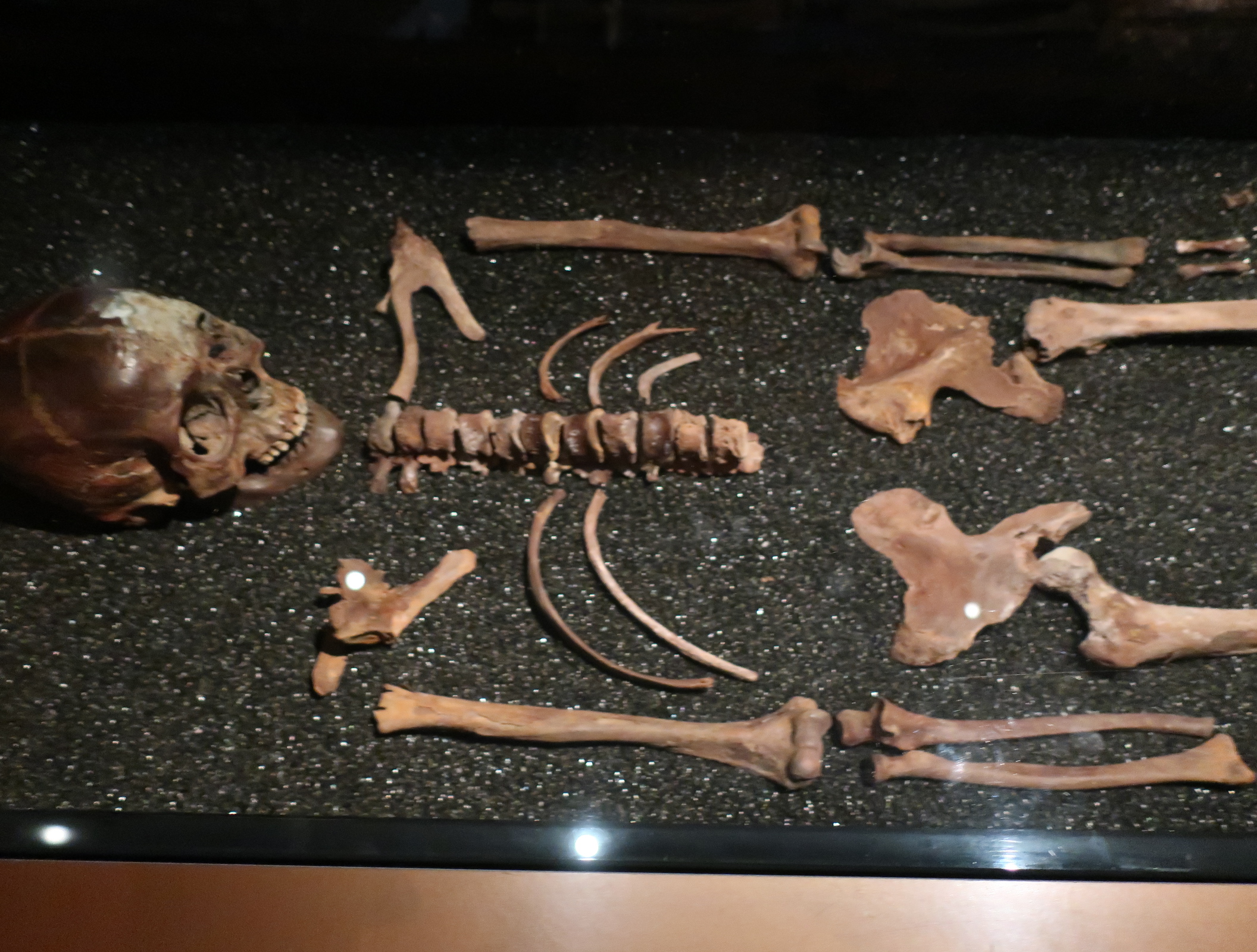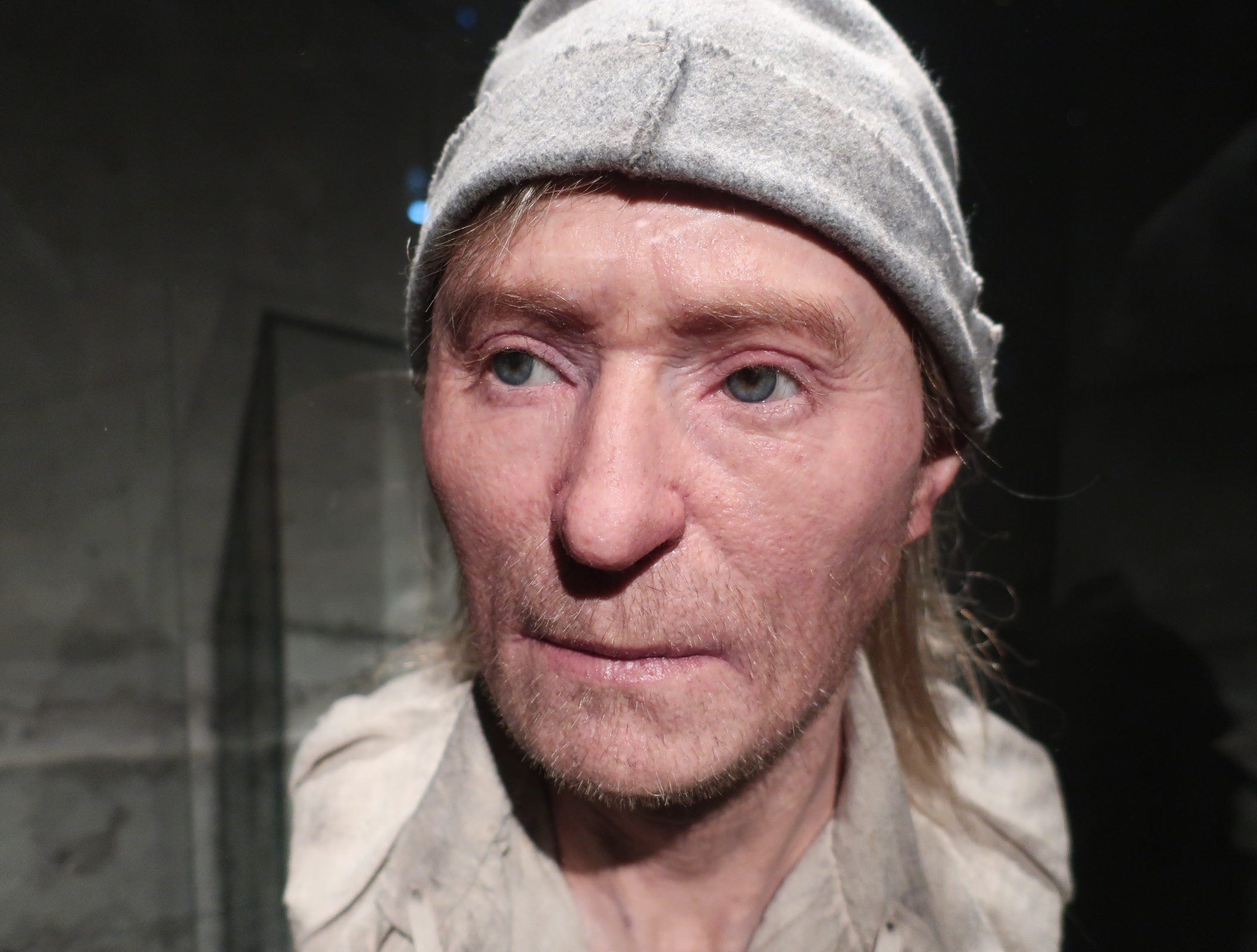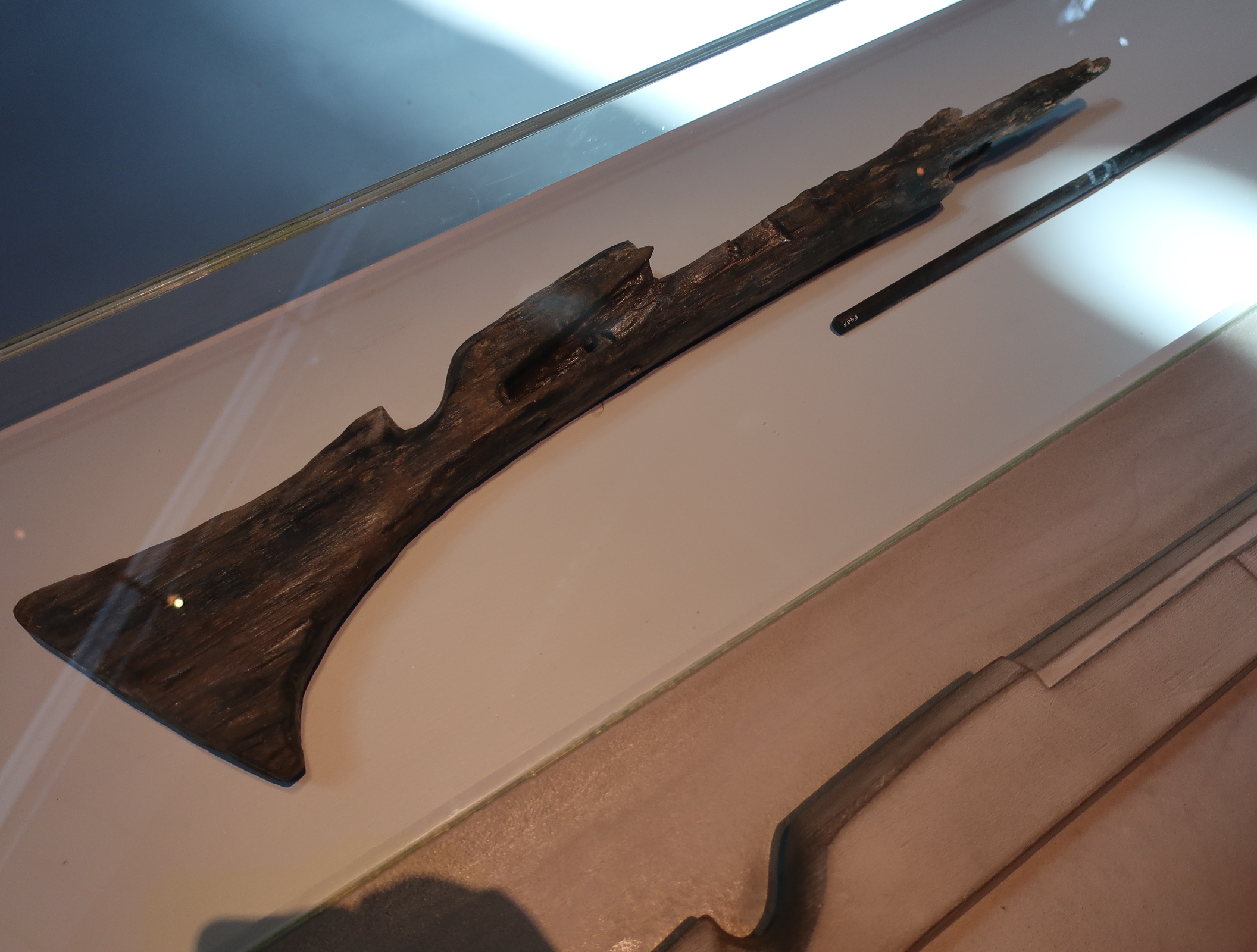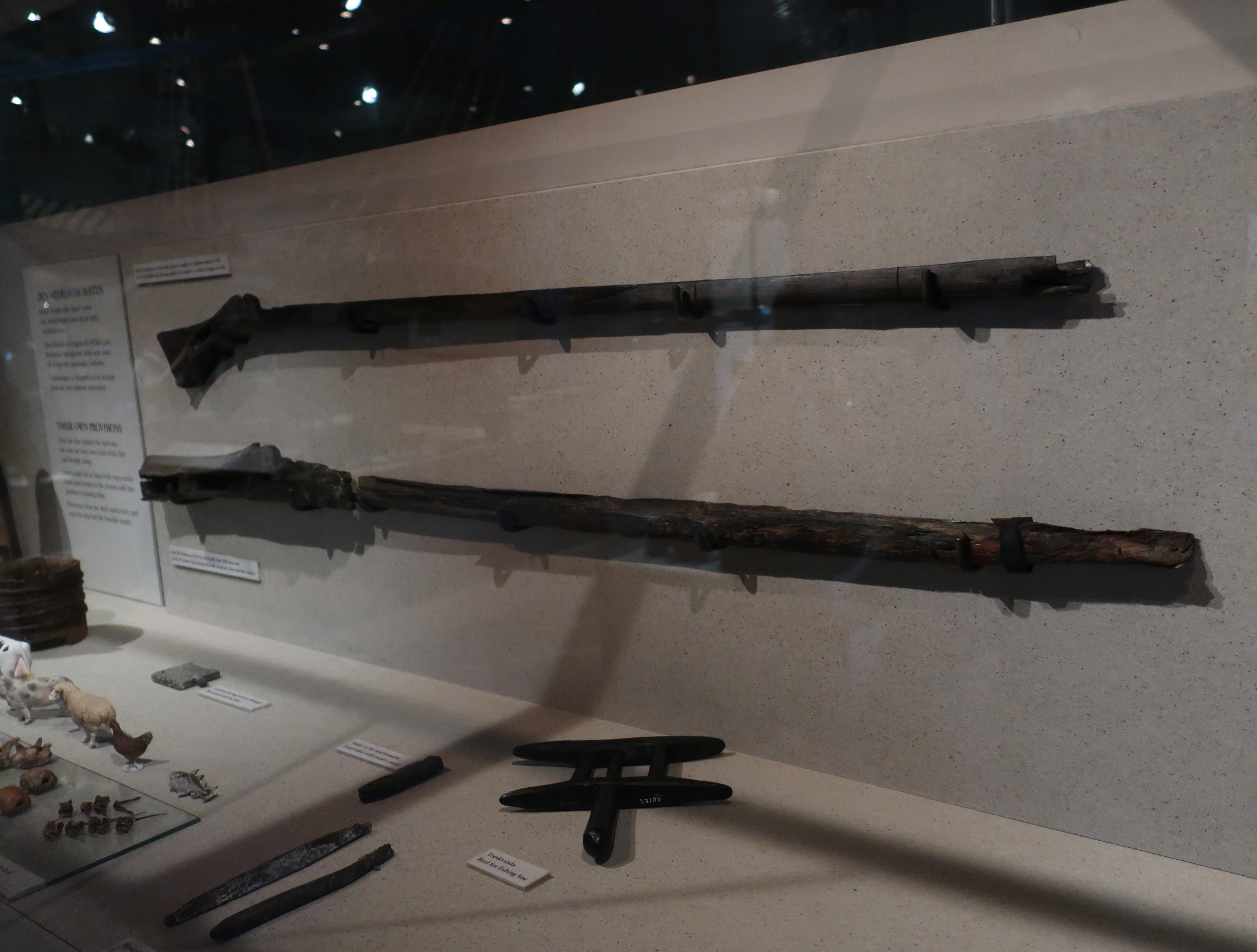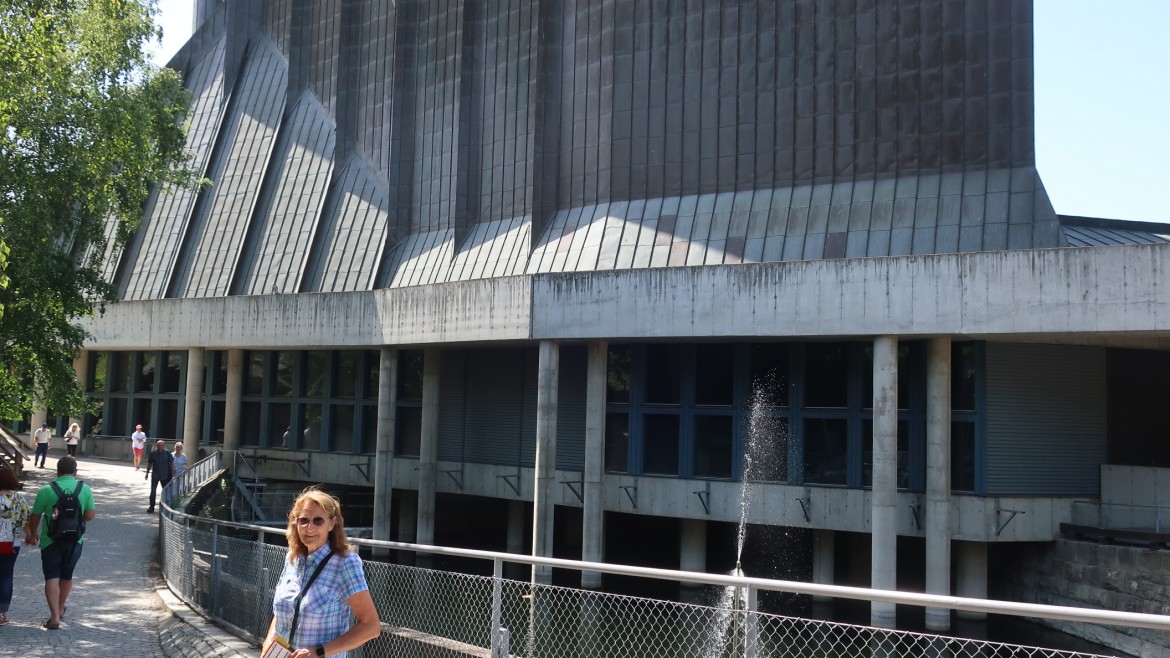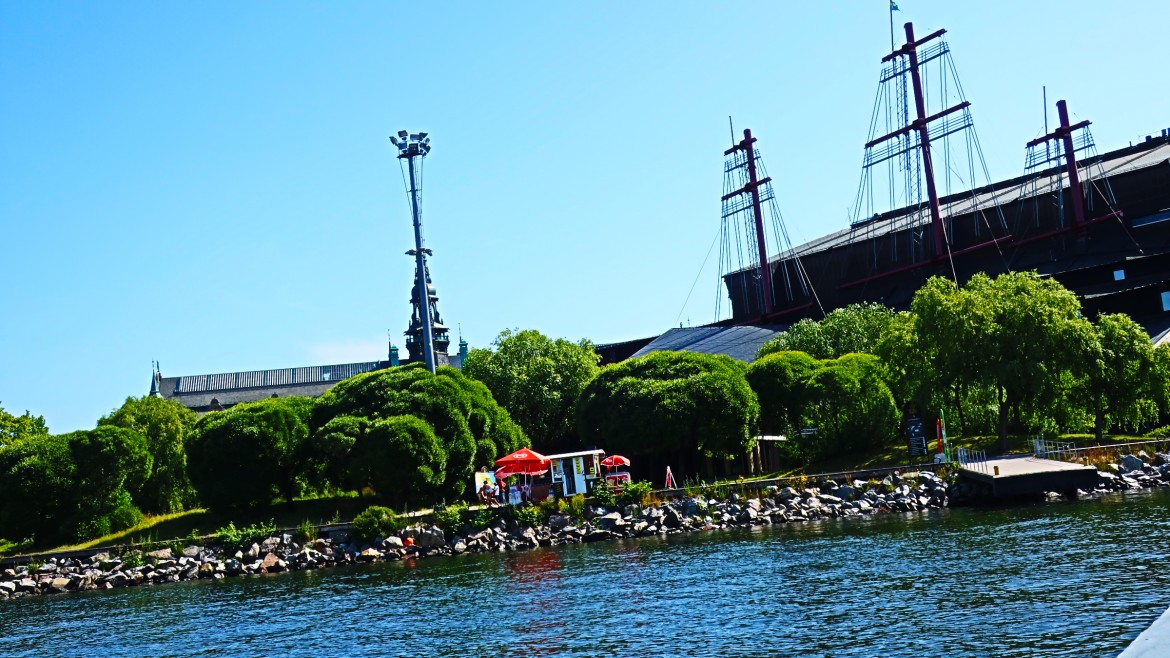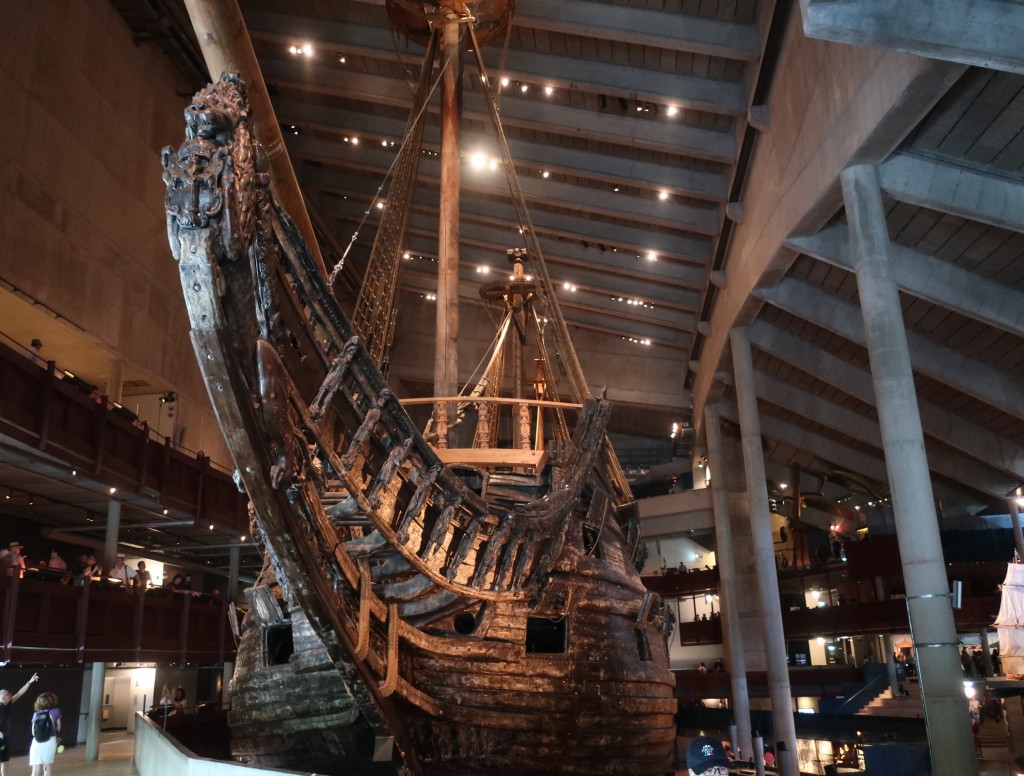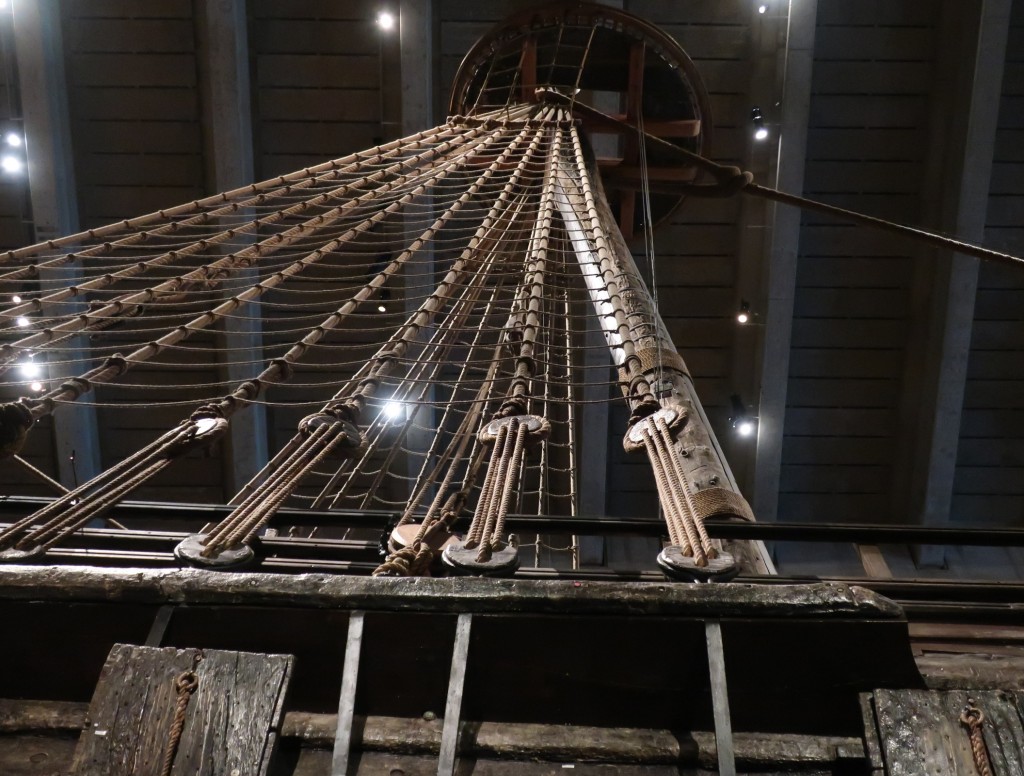In our five day sojourn in early July of 2019 to Stockholm, Sweden, we visited the majestic “Vasa Museum.” It is the best preserved 17th century ship in the world. Why did it sink? How many people died? Why was it so well preserved? When was it found? These questions and more are discussed in our blog that follows.
The Vasa was the most powerful Swedish battleship that was ever built at the beginning of the 17th century. It sunk within twenty minutes of its launching. Thousands witnessed this tragedy. Thirty people died. The question still remains: why did it sink?
Sweden was at war in the 1620’s against Poland-Lithuania. King Gustav II Adolf of Sweden commissioned the Vasa to be built in Stockholm. This ship would add greatly to his fleet. In Swedish history, this era is known as “The Great-Power” period.
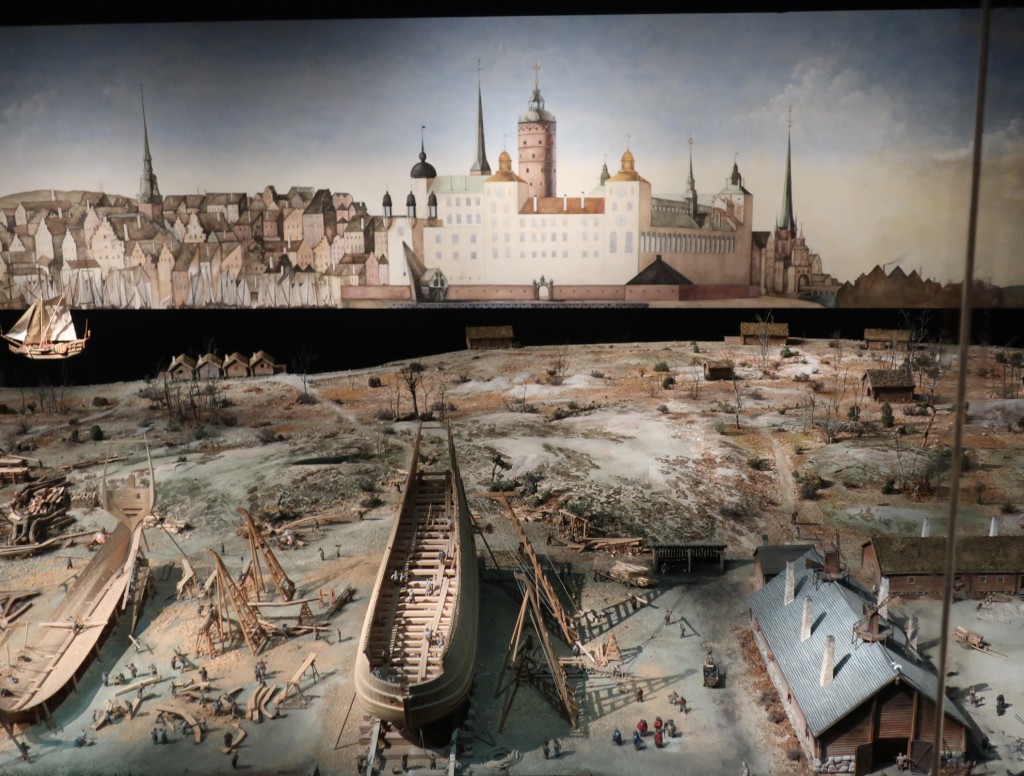
It took two years to build. Elaborate royal carvings were made, particularly in the aft of the ship. There were over 400 craftsmen who put her together. The masts would reach 172 feet high, and the ship was over 200 feet long.
The Vasa would be an early example of two-gun decks. This monster of a ship would have 64 bronze canons. Unfortunately, the heavy guns were placed on top most level making the ship unstable.
Naval architecture was at a primitive level. Some people attributed the sinking due to the lack of knowledge in ship design.
On August 10th, 1628, the Vasa was launched. A strong breeze blew in. The top-heavy ship—higher than the center of gravity—the ship just rolled over after twenty minutes of sailing.
The Vasa sank just over 4,000 feet (1300meters) from shore. The depth was just a tad over hundred feet.
Not too long afterwards, many of the canons were salvaged. It was not until 1956 the Vasa was found again.
Ninety-eight percent of her wood would be well preserved due to the low-salinity of the Baltic.
The Vasa was raised in 1961. It was quite an engineering feat after 333 years being in the sea by placing cables underneath the ship and finally using pontoons near the surface.
The remains of 15 skeletons were found. On the bottom floor of the exhibit are some of those remains.
With modern forensics, they have been able to reconstruct the facial characteristics of the deceased:
It is quite a feat preserving the wood and artifacts. Water, chemicals and resins to name a few of the substances were used to keep the ship from decaying.
The Swedish government decided to make a permanent home for the Vasa. The museum is over 130,000 square feet. In 1990, this elaborate museum officially opened.



